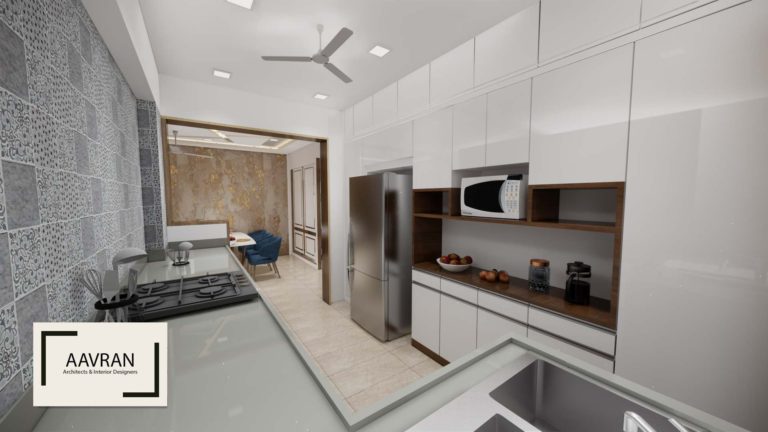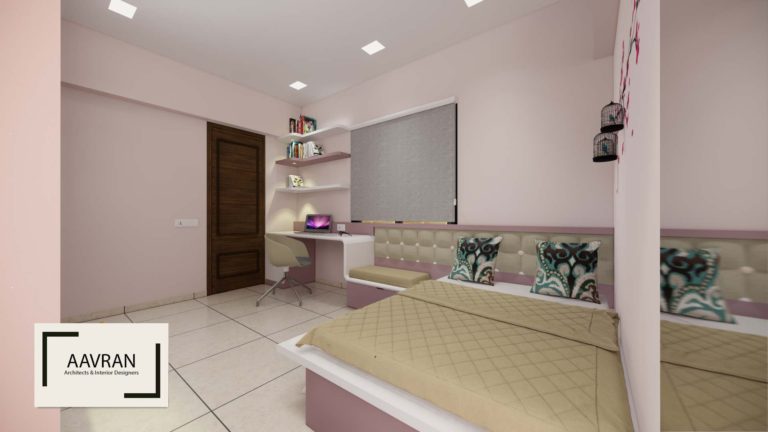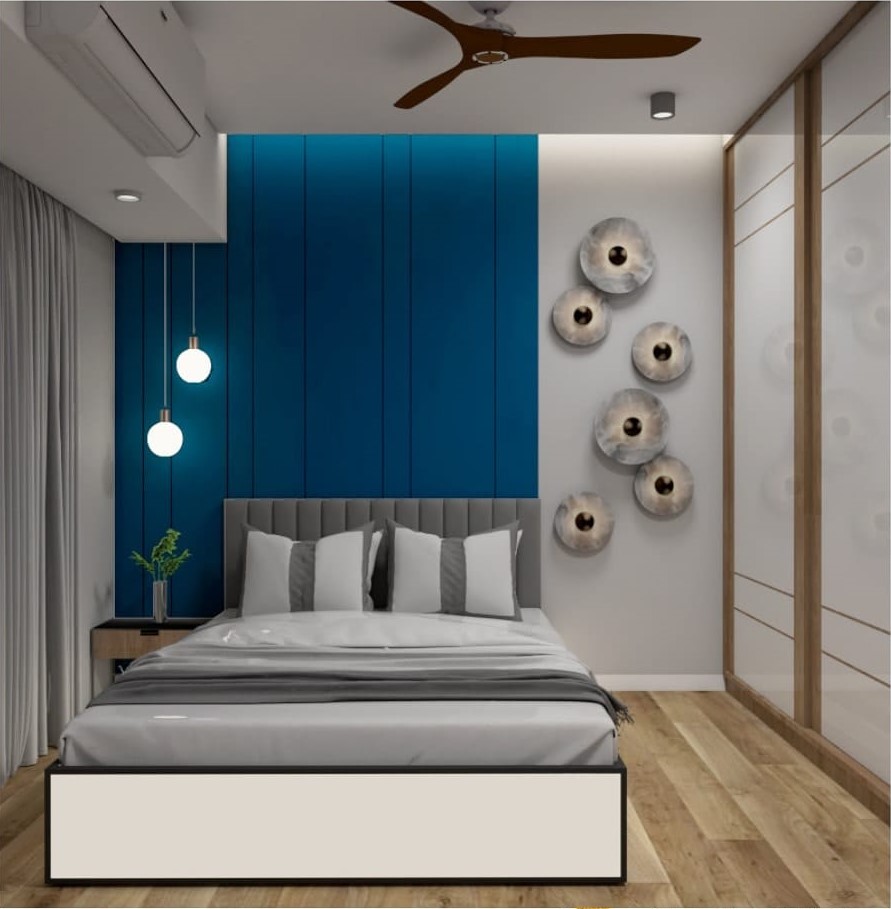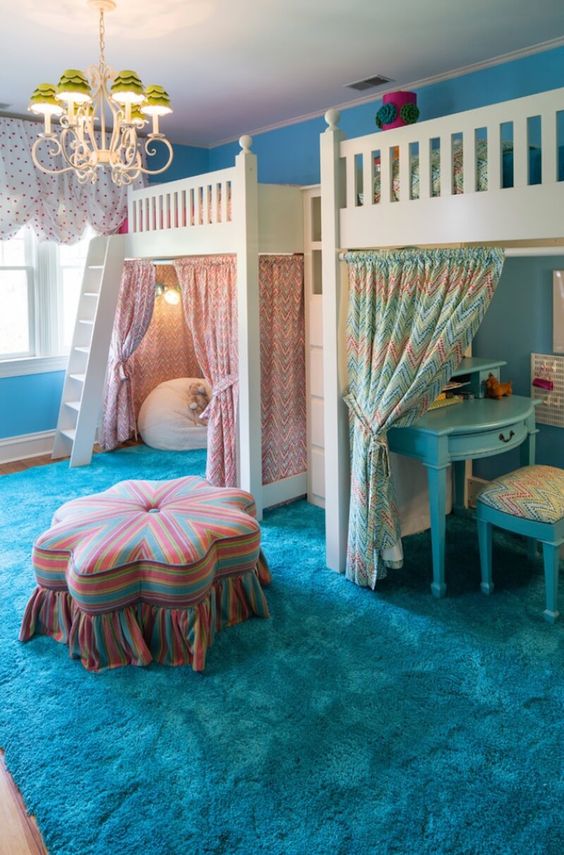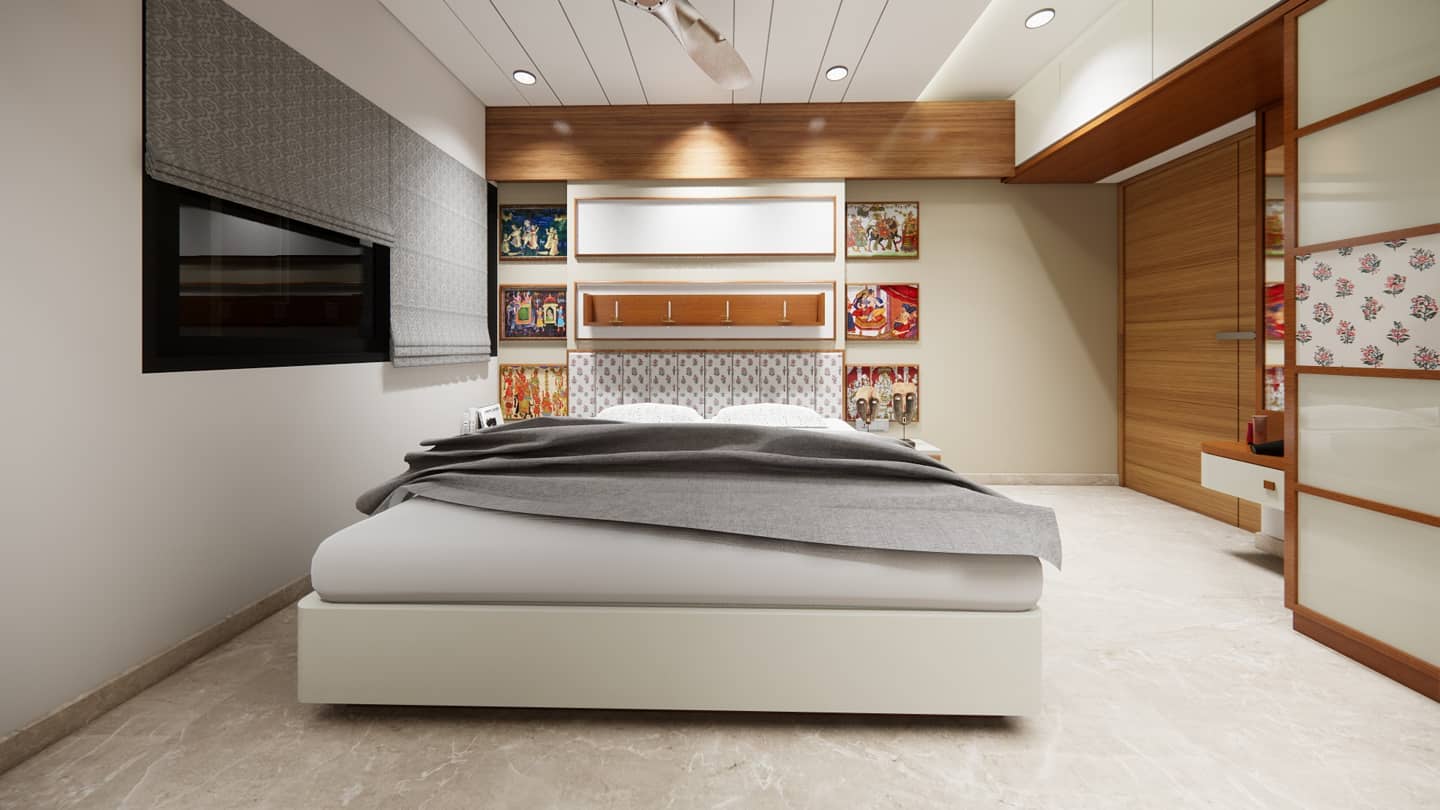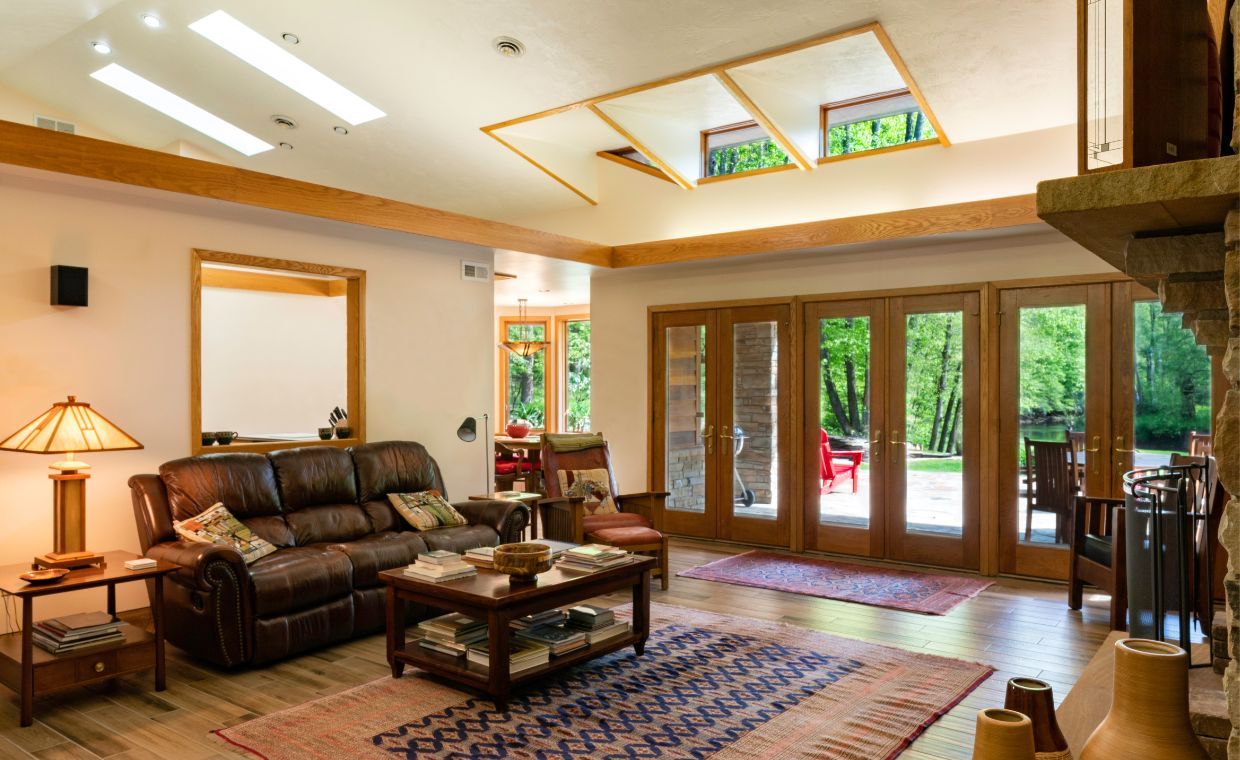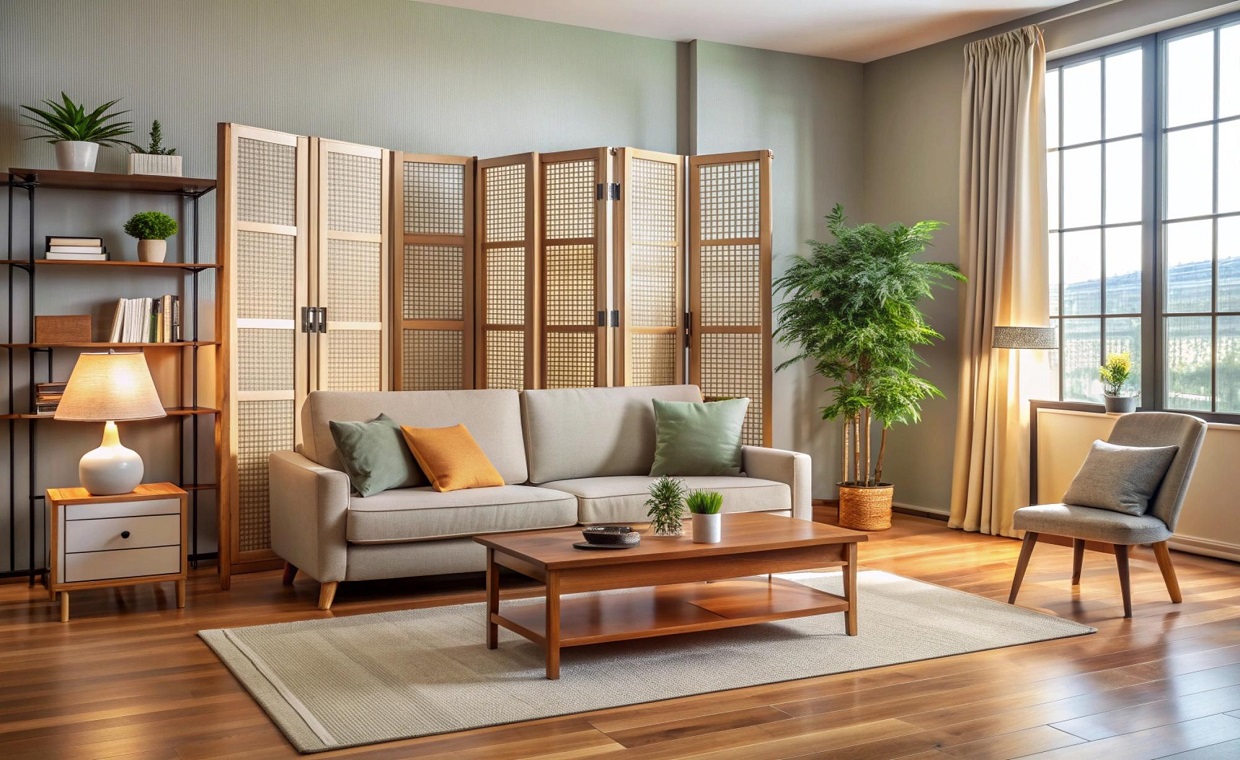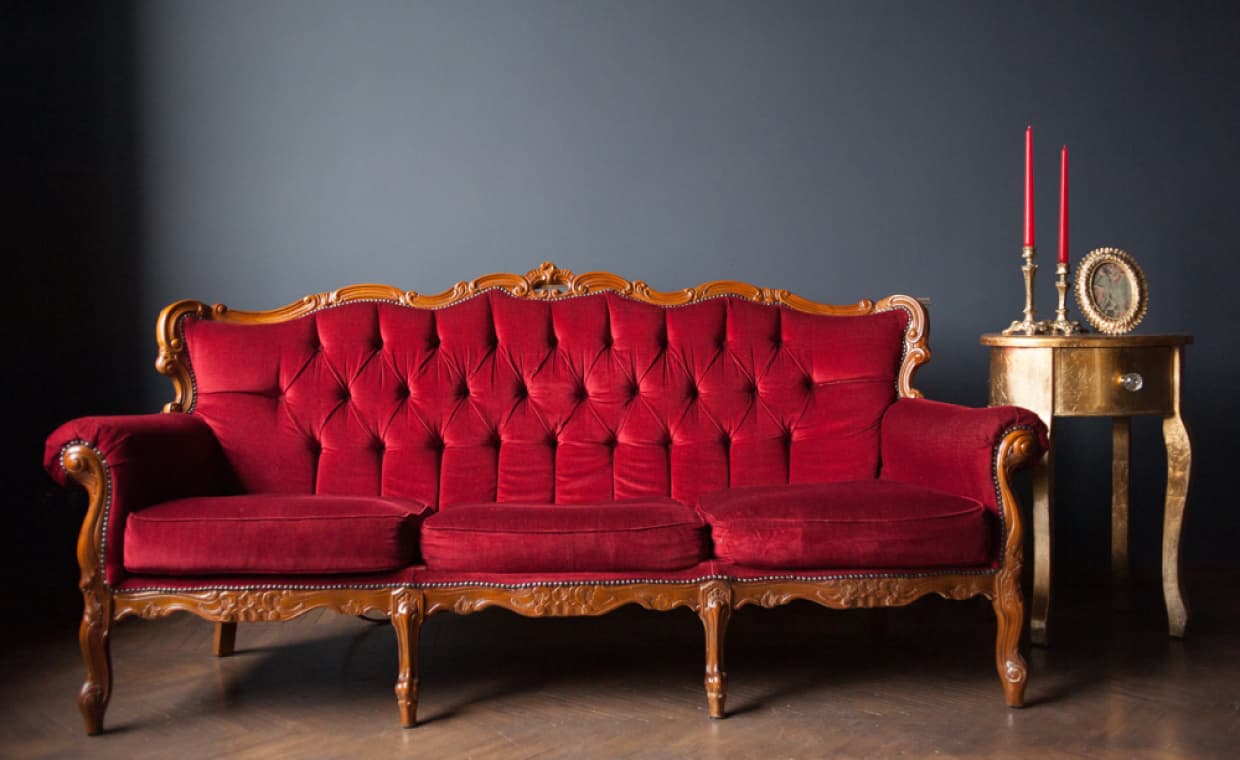
Table of Contents
Quick Overview
Here is the quick overview on why British sofas cost more than Indian sofas:
- British sofas are more costly due to their premium materials, skilled labour requirements, and strict quality standards.
- Indian sofas affordable, lower labour costs and mass production.
- The buying process of British sofas are simple and focused on long-term luxury whereas Indian sofas are vibrant, family affair and involve bargaining.
- Online deals in both countries are helping close the price gap, but cultural and quality differences remain.
If you’ve ever stepped into a British furniture store and seen the price tag on a plush three-seater, you might have wondered if the salesperson accidentally added a zero. Meanwhile, a similar-sized sofa in India might be far more affordable and possibly include a lively debate with the seller about colour choices, delivery schedules, and who in the family gets the corner seat.
So why British sofas cost more than Indian sofas? Let’s dig into the economics, culture, and craftsmanship that make British sofas potential bank-breakers and Indian furniture a source of both charm and entertainment.
1. The Economics of Craftsmanship
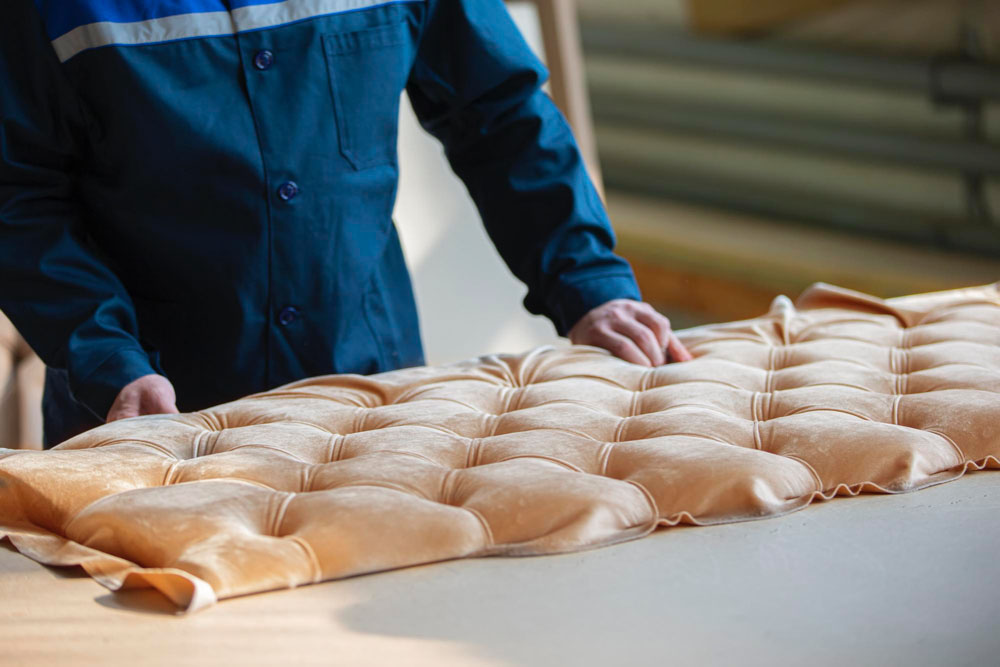
British sofas are often marketed as long-term investments. Many are handcrafted using kiln-dried hardwood frames, high-resilience foam, and premium upholstery fabrics such as full-grain leather or wool blends. The emphasis is on durability these pieces are designed to last decades, sometimes even becoming family heirlooms.
In India, while craftsmanship certainly exists particularly from Indian furniture makers in regions known for woodworking the broader market caters to a wide range of budgets. Mass production techniques, engineered wood, and cost-effective fabrics help keep products accessible to more customers.
2. Labour Costs and Local Economics
One of the biggest reasons for the gap is labour cost. The UK has higher wages, stronger labour protections, and higher manufacturing overheads. Every step of production, from carpentry to upholstery, involves skilled workers whose wages influence the final price.
In India, skilled labour is abundant but wages are comparatively lower. This allows for more hand-crafted detailing at a lower cost to the manufacturer. However, the trade-off can be variability in finish and quality, depending on where you shop.
3. Material Sourcing and Quality Standards

British sofas often use materials sourced from certified suppliers who meet strict sustainability and quality standards. These certifications can influence production timelines and design choices but reassure customers about longevity and ethical sourcing.
In India, while many manufacturers now follow eco-friendly practices, not all operate under the same strict guidelines. The benefit to the buyer is wider choice; the drawback is that quality can vary between producers.
4. The Cultural Drama of Furniture Buying
Price isn’t the only thing that differs, the buying experience itself is a story. In the UK, purchasing a sofa is often a straightforward, almost quiet affair. You browse the catalogue, choose the fabric, and place your order. Delivery is punctual and uneventful.
In India, buying furniture can be a full-day family event. You might visit several showrooms, bargain with shop owners, and then spend an hour over tea discussing whether the sofa colour will match the curtains. The “free drama” comes from the animated negotiations and the occasional delivery surprise such as realising your new sofa won’t fit through the doorway without removing the doorframe.
5. The Role of Marketing and Perception
British furniture makers often market their products as luxury lifestyle items. The sofa isn’t just something to sit on it’s a symbol of taste, stability, and sometimes even social status. This branding creates a strong perception of value.
In India, furniture marketing often focuses on practical benefits space optimization, multi-functionality, and accessibility. A sofa that converts into a bed is often more attractive to buyers than one upholstered in imported leather.
6. Online Discounts and Voucher Culture
One area where the gap is narrowing is online retail. UK shoppers can find deals through seasonal sales, clearance outlets, and discount codes such as Furniture In Fashion vouchers, which can make a high-quality sofa more attainable. Similarly, online furniture platforms in India have made premium designs more accessible, often with flexible financing options.
7. Quality vs. Quantity
Ultimately, British sofas tend to prioritise quality over frequent replacement meaning you might buy fewer pieces over the years, but each is expected to last longer. Indian furniture markets, on the other hand, cater to customers who may prefer to update their interiors more often, choosing variety and adaptability over extreme longevity.
8. The Global Influence
Globalisation is slowly blending these markets. Some British retailers now offer budget-friendly ranges made in overseas factories, while Indian manufacturers are producing high-end, export-quality sofas for international clients. Over time, the extremes at both ends of the market may become less pronounced.
Final Thoughts
The difference between British and Indian sofas comes down to a mix of economics, culture, and consumer priorities. While a British sofa might be a lifetime purchase with premium materials and refined craftsmanship, an Indian sofa might offer versatility, affordability, and the kind of buying process that turns into a family anecdote.
In the end, whether you choose a meticulously hand-stitched British three-seater or a lively bargain from Indian furniture makers, your choice will reflect not just your budget, but also your lifestyle and personality. And if you’re shopping in the UK, a quick look for Furniture In Fashion vouchers might just make that dream sofa a little easier on the wallet.
Also Read: Types of Couches for Home
FAQs on Differences in Cost of British Sofas and Indian Sofas
1. Why British Sofas are Expensive?
British sofas are costly due to using high quality materials, required skilled worker and brand legacy and high labour cost.
2. Do British Sofas Actually Last Longer Than Indian Ones?
Not accurate to say this. Sofas durability mainly depends on the quality of materials and construction, not by the country of origin.
3. Why Does the Buying Experience Differ So Much in British and India?
British furniture buying is often smooth, more rely on catalog selection and predictable delivery whereas in India, it relies on dynamic discussion with family and negotiation is the major part of process and making it memorable outing.









